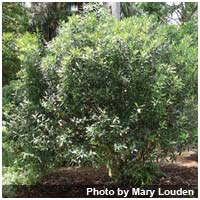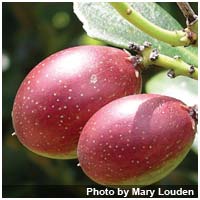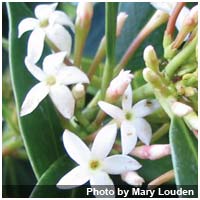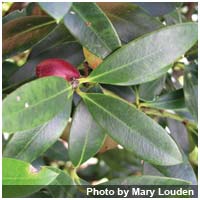Identifying Toxic Plants – Wintersweet/Bushman’s Poison
Wintersweet (or Bushman’s Poison) is a plant of varying toxicity. However, it is sometimes toxic enough to cause death.
All parts of this plant are toxic and consequences associated with consuming this plant include nausea, lethargy, seizures, restlessness, and death. Consumption of the fruit can cause severe gastrointestinal irritation including abdominal pain, excessive salivation, and vomiting.
The plant is characterized by plump, reddish (or purplish-black) fruits which range from 2-4 cm in length (they resemble olives), white flowers, and dark green elliptic leaves.
Alternative names for this plant:
- Acokanthera spectabilis;
- Carissa oblongifolia;
- Toxicophloea spectabilis;
Source: The Government Of Queensland, Australia.
Photos obtained from the Queensland Government website. The photographer’s names are on the photos.








